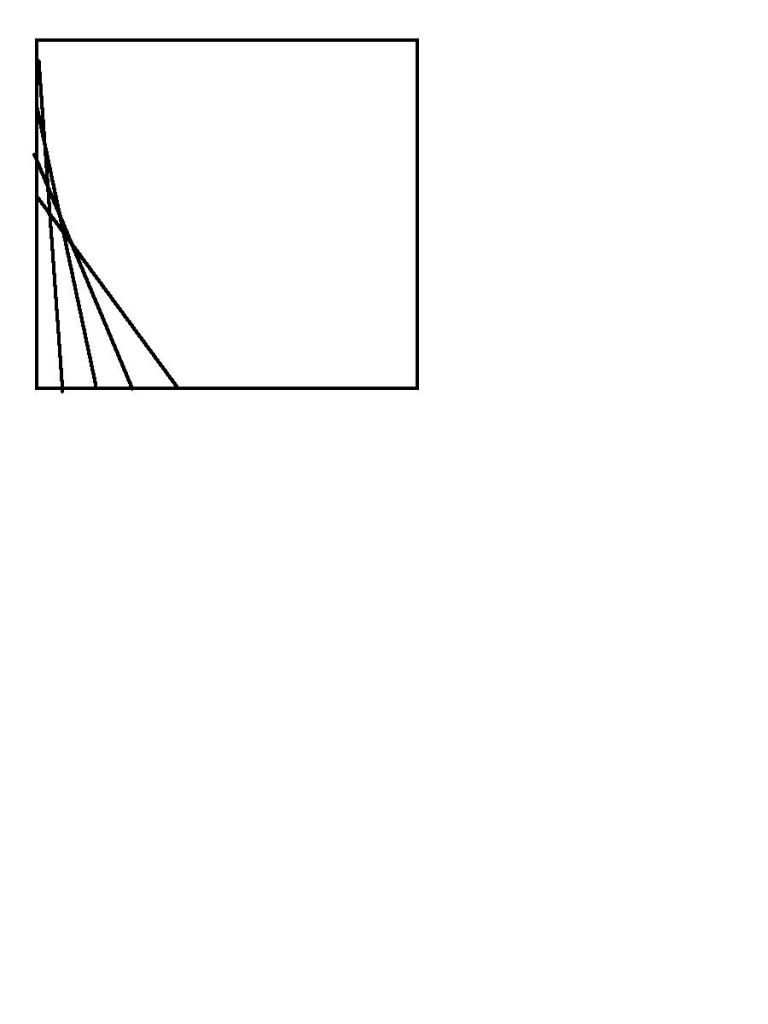My son has been assigned a project for his honors geometry class to produce parabolic line art(making curves from series of straight lines). You can see what I mean here http://www.mmwindowtoart.com/drawing/para1a.html
The grade depends on originality and precision. He must use a 14" x 14" board. Most will use string or drawings, but we are not most! I thought perhaps we could use a slab of walnut, route in shallow lines to form the design, then fill those lines with ??? Using thin pieces of maple would take a lot of cutting, and the area where they form the curve would be nearly impossible. What about pouring some kind of liquid in that will then harden? Molten metal? How would you do it?




 Reply With Quote
Reply With Quote





